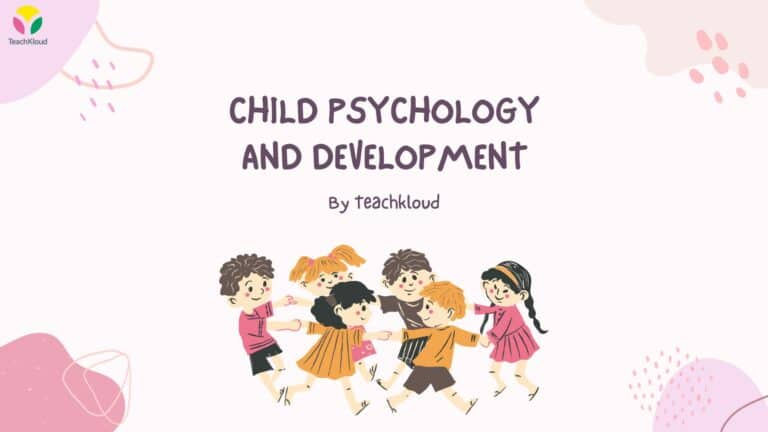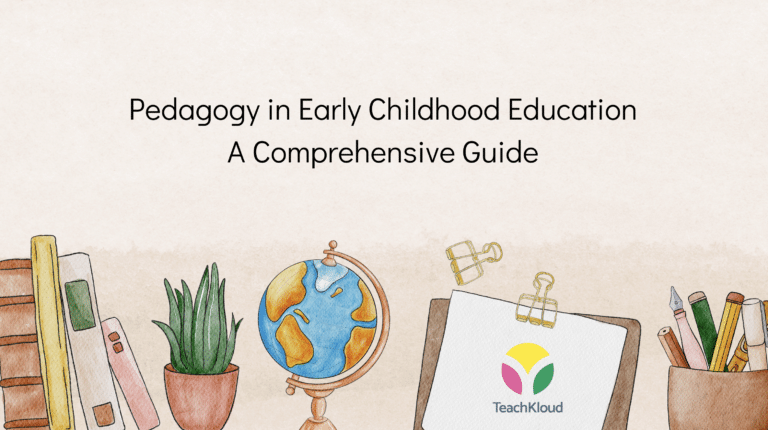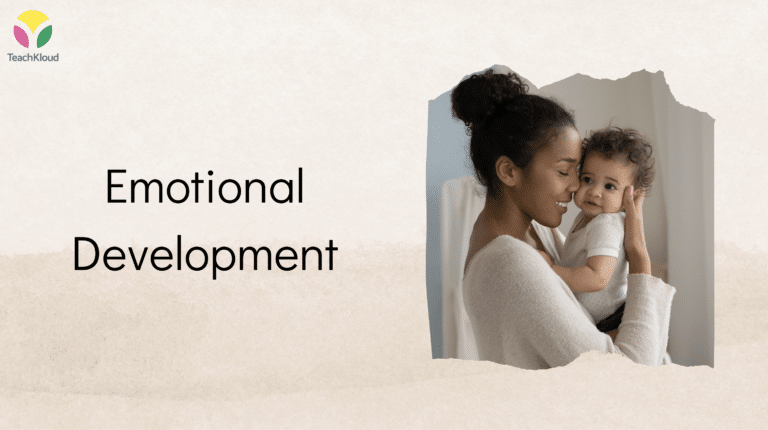Understanding the Importance of Anti-Bias Education
Though our world is a vibrant mosaic of cultures, languages, and beliefs, interconnected by the threads of shared human experience, it is also a place marked by disparities and prejudices. Anti-bias education is an essential tool to combat these issues head-on, fostering a more harmonious, inclusive, and just society.
But what exactly is anti-bias education?
At its core, anti-bias education is an approach designed to challenge stereotypes, prejudices, and discrimination. It focuses on imparting crucial social and emotional skills to young learners, promoting empathy, respect for diversity, and equitable mindset. Anti-bias education is not merely about discussing these concepts – it’s about embedding them into the warp and woof of educational values and practices.
It is important to understand that anti-bias education isn’t a standalone subject or a one-off learning and care plan. Instead, it’s a holistic approach that permeates the entire teaching-learning process. From the choice of teaching materials to classroom interactions, from assessment methods to parental engagement – everything can be imbued with the spirit of anti-bias learning.
Why is anti-bias education so vital to early childhood education?
Early childhood is a pivotal time for shaping a child’s values, perceptions, and attitudes. It’s a period when children become aware of their social identities, and also start noticing the differences and similarities among their peers. Without guidance, they may form misguided notions and stereotypes based on what they see and hear. This is where anti-bias education steps in, empowering children to explore these concepts in a safe, supportive and objective way.
In addition to developing an inclusive mindset, anti-bias education also boosts children’s social, cognitive, and emotional development. When children are exposed to diverse perspectives, it broadens their understanding of the world, enhances their analytical skills, and provides opportunities to develop problem-solving strategies.
Remember, our goal as educators, parents, and society, in general, should not just be to see our children succeed, but to also raise them as empathetic and socially responsible individuals. Anti-bias education is a powerful avenue to achieve that goal. Watch our video masterclass with practical strategies on fostering a diverse, equitable and inclusive early years environment here.
The 4 Core Goals of Anti-Bias Education
Anti-Bias Education is a multifaceted approach that is designed to empower children by cultivating an environment of understanding and respect. In focusing on Anti-Bias education, we closely align ourselves with four core goals. These goals act as the pillars upon which the whole principle rests, and are a guide for both educators and students alike.
Goal 1: Identity – Strengthening Self-Identity
Firstly, Anti-bias education aims to help each child develop a confident self-identity. By acknowledging and celebrating the individuality and unique characteristics of each student, children learn to value their own unique quirks and attributes. This process of self-recognition cultivates a healthy self-esteem, and fosters a positive attitude towards themselves – crucial elements for early childhood development.
Goal 2: Diversity – Expressing Comfort and Joy with Diversity
Our second goal is to help children express comfort and joy with human diversity. Children should not only accept but celebrate the diverse cultures, languages, abilities, appearances, and customs of their peers and local community. An acceptance of diversity encourages compassion and promotes a wider understanding of human experience.
Goal 3: Justice
According to the Louise Derman-Sparks, Julie Olsen Edwards (2019):
This goal is about building children’s innate, budding capacities for empathy and fairness, as well as their cognitive skills for thinking critically about what is happening around them. It is about building a sense of safety, the sense that everyone can and will be treated fairly. Learning experiences include opportunities for children to understand and practice skills for identifying unfair and untrue images (stereotypes), comments (teasing, name-calling), and behaviors (isolation, discrimination) directed at themselves or
at others.
Goal 4: Activism – Standing Up Against Prejudice and Discrimination
The final goal is to help children learn to stand up against prejudice and discrimination. By empowering them with knowledge and courage, we can inspire them to challenge the wrong they witness around them. In doing so, we not just shape a thoughtful individual but contribute towards creating an equal and unbiased society.
Indeed, these four core goals aim to solidify the foundation of Anti-Bias education. However, they are not standalone ambitions, but interwoven threads that create a tapestry of understanding, acceptance, and action. They echo the belief that Anti-bias is not just what we do, but essentially who we are.
Want to learn how to incorporate these goals? Watch our engaging, video masterclass, with practical strategies on fostering a diverse, equitable and inclusive early years environment here.
Promoting Equity and Fairness in Early Childhood Education
Ensuring that every child has equal opportunities to learn and grow is at the very heart of promulgating equity and fairness in early childhood education. Anti-bias education recognises and values children’s uniqueness, giving them ample space to explore their individual identities. The path of such an education system guarantees the fundamental right of every child to be heard, to think, to express and to evolve.
Do remember, we’re paving the way for their future in today’s classroom and it’s teaching them about acceptance and fairness that carve their perspectives about the world. As an educator or a parent, your role becomes instrumental in this regard, promoting equity and fairness and essentially fostering an environment where children feel valued.
Teaching about equity and fairness isn’t just about acknowledging diversity, but it’s about creating an inclusive environment. Here’s what this could mean in a practical setting:
Let’s paint a picture of what an inclusive environment could look like. Imagine a classroom where children engage in open conversations about their backgrounds, traditions, and unique attributes. They learn to use respectful language to discuss their differences, exploring a myriad of diverse cultures through books, toys, discussions, and experiences. They see themselves and their experiences reflected in the learning materials and resources available in the classroom. This, dear educator, is a mini model of an inclusive, anti-biased early childhood education environment.
The Power of Collaborative Teaching and Learning
Now, think of a similar scenario, but this time, it’s not just the children learning and discussing, but the educators as well. Educators, just like our little learners, come from diverse backgrounds and have unique experiences to share. Their openness to learning and embracing one another’s unique attributes can have a mighty impact on how children perceive diversity and inclusivity. Hence, an all-inclusive educational environment isn’t just about imparting knowledge, it’s about learning together as a collective.
Reflective Practice: A Key Component of Anti-Bias Education
What else aids in fostering an inclusive environment? Reflective on your educational and teaching practice! Yes, a critical part of the anti-bias education approach involves educators continuously reflecting on their own cultural biases and preconceptions. This self-reflection helps identify unintentional bias in teaching methods and materials, thereby, aiding in refining strategies to make them more inclusive. It isn’t about being defensive, but about being open to change to make early education more equitable and just. Reflective practice within the context of child observation and diversity, can be difficult to improve, at times educators are unsure where to start. We have two amazing resources to aid you in this journey:
- Masterclass for educators in early and primary school settings on fostering diversity, inclusion and equality here:
-
Observation, Documentation and Reflective Practice in Early Childhood Education: Practical Strategies here
Turning the Classroom into an Anti-bias Laboratory
Let the words translate into action! Anti-bias education is not all about discussions and conversations. It is about creating a tangible, demonstrable environment where children can actively practice anti-bias attitudes and behaviours. From collaborative group activities that respect everyone’s individual capabilities to fair rules that apply equally to all, the classroom transforms into a living laboratory of anti-bias education.
To conclude, remember that implementing anti-bias education is not a sprint but a marathon. It requires time, patience, continuous learning, and above all, an unwavering dedication to enabling a fair and inclusive future for all our learners.




